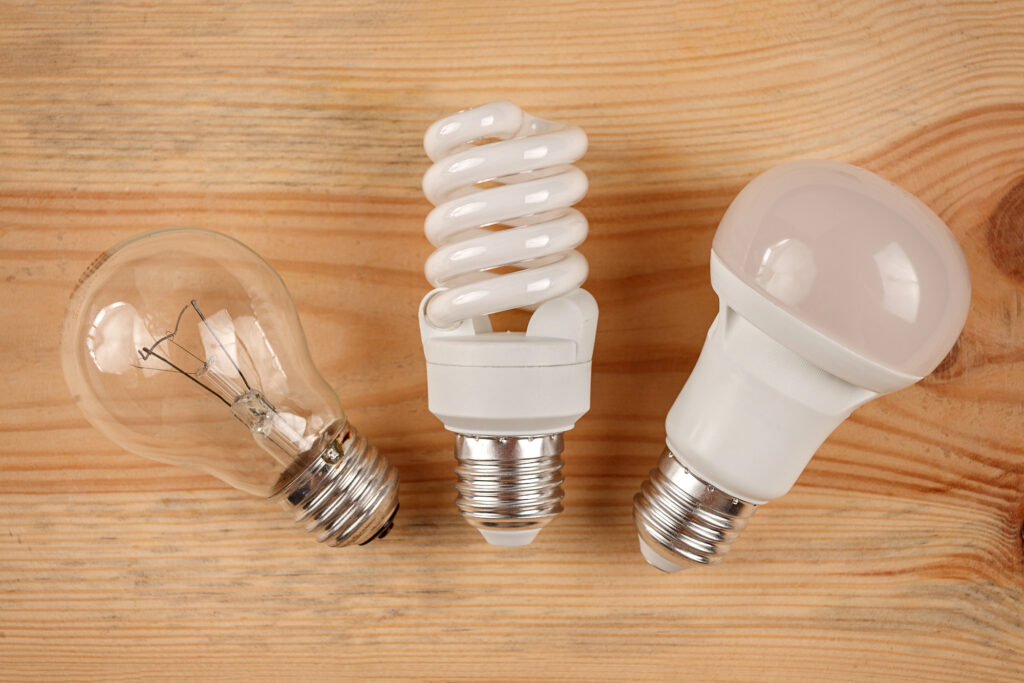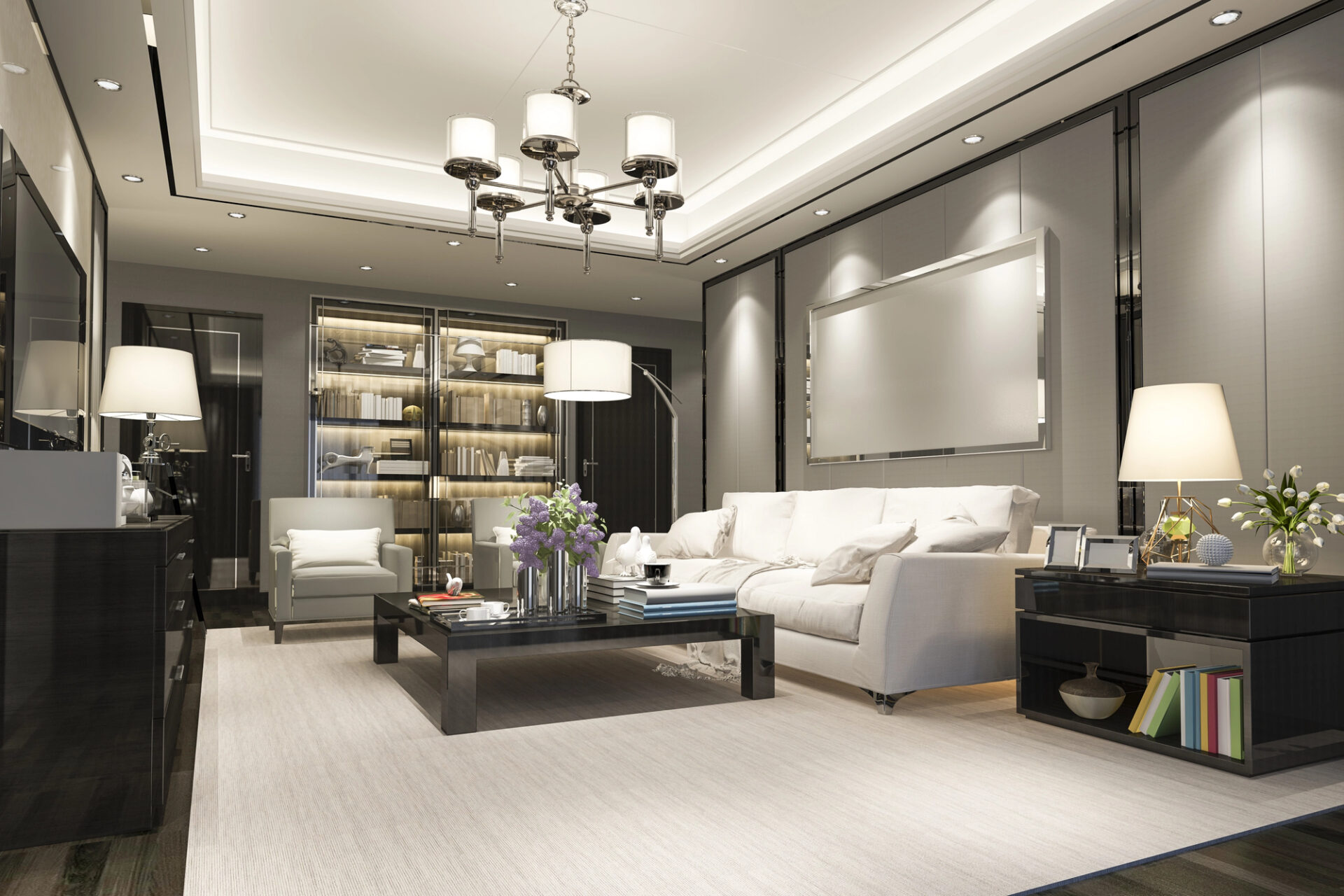When it comes to home improvement, one of the most impactful yet often overlooked upgrades is switching to energy-efficient lighting, particularly LED (Light Emitting Diode) lighting. This simple change not only enhances the ambiance of your space but also offers a myriad of benefits for your wallet and the environment. In this blog article, we’ll explore the advantages of upgrading to energy-efficient lighting and provide tips on how to choose the right lighting options for various spaces in your home.
Advantages of LED Lighting
Significant Energy Savings
One of the most compelling reasons to switch to LED lighting is its efficiency. LED lightbulbs consume up to 80% less energy than traditional incandescent bulbs. This significant reduction translates into lower electricity bills and less strain on the environment. With the average household relying on lighting for a substantial portion of its energy use, making the switch to LED bulbs can lead to dramatic cost savings over time.
Longevity and Durability
LED bulbs are engineered to last significantly longer than conventional bulbs. Where incandescent bulbs typically last around 1,000 hours, LEDs can shine for 25,000 to 50,000 hours or more! This means fewer replacements, less waste, and reduced hassle. Additionally, LED bulbs are more resistant to shock, vibrations, and temperature extremes, making them a more durable option for a variety of applications.
Lower Heat Emission
Traditional bulbs can generate a lot of heat, wasting energy and potentially increasing cooling costs in warmer months. In contrast, LED lights emit very little heat, reducing the need for air conditioning and contributing to a more comfortable home environment. This is particularly advantageous in areas like living rooms or kitchens, where light fixtures can be close to heat-sensitive materials.
Environmental Impact
By reducing energy consumption, LED lights lower greenhouse gas emissions, contributing to a healthier planet. Switching to energy-efficient lighting helps minimize your carbon footprint. Moreover, LED lights do not contain harmful substances like mercury, which is found in some types of fluorescent lighting, making them a safer choice for the environment.
Variety of Lighting Options
LED technology has advanced significantly, offering a wide range of color temperatures, brightness options, and styles to fit any aesthetic. Whether you prefer bright white light for task-oriented spaces or soft warm light for cozy areas, there’s an LED bulb to meet your needs.

Tips for Choosing the Right Lighting Options
Consider the Purpose of Each Space
Different rooms serve different functions, and your lighting should reflect that. For example:
- Kitchens: Incorporate bright, cool white lights to enhance visibility while cooking. Consider under-cabinet lighting for added task lighting.
- Living Rooms: Soft, warm LED bulbs create a cozy atmosphere. Pendant lights or floor lamps can enhance the room’s aesthetics while providing layered lighting.
- Home Offices: Bright, neutral lighting helps reduce eye strain and improve focus. Adjustable desk lamps can provide adequate lighting for reading and working.
Evaluate Brightness and Color Temperature
Brightness in lighting is measured in lumens rather than watts. Familiarize yourself with this difference:
For general lighting: Aim for 1,500 to 3,000 lumens in larger rooms.
Color temperature: Choose warmer temperatures (2700K-3000K) for living spaces and cooler tones (4000K-5000K) for task-oriented areas.
Quality Over Quantity
Investing in high-quality LED fixtures and bulbs is crucial. Look for reputable brands and ENERGY STAR® certified products that promise adherence to energy efficiency and performance standards. Cheaper options may save you money initially, but lower-quality LEDs can have a shorter lifespan and produce inconsistent lighting.
Utilize Smart Lighting Solutions
Consider integrating smart LED lighting into your home for added convenience. Smart bulbs and fixtures can be controlled via mobile apps or voice commands, allowing you to adjust brightness and color temperature to suit your mood or activity.
Plan for Dimmer Compatibility
If you’re using dimmer switches, ensure that the LEDs you choose are compatible. Not all LEDs work with traditional dimmer switches, so look for LED-specific dimmers or bulbs labeled as dimmable.
Conclusion
Upgrading to energy-efficient LED lighting is a smart choice for homeowners looking to save money, minimize their environmental impact, and enhance their home’s aesthetic. With significant energy savings, longevity, minimal heat emissions, and a wide variety of options, LED lighting stands out as the best choice for modern households. By carefully selecting the right lighting solutions for different spaces in your home, you can create a comfortable and inviting atmosphere while also reaping the benefits of efficiency. Make the switch today and enjoy the bright future of energy-efficient lighting!
